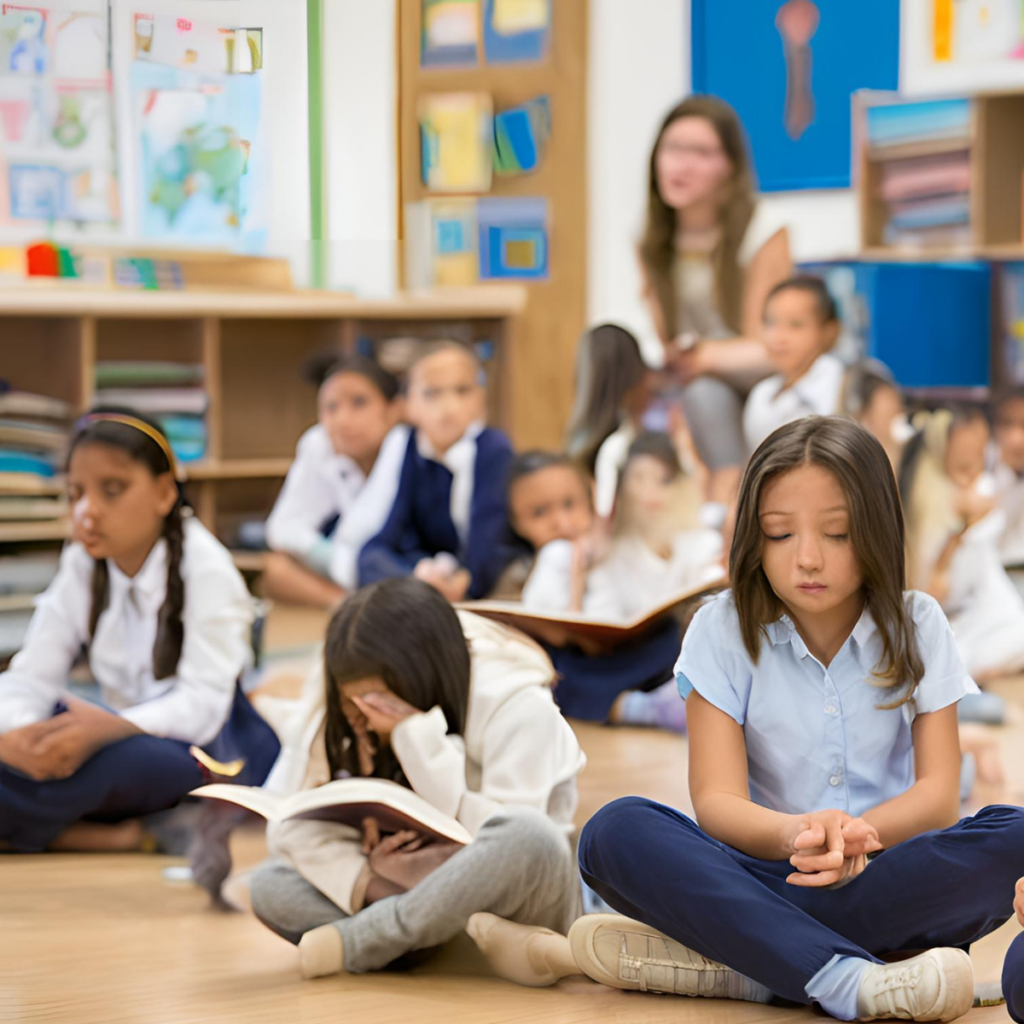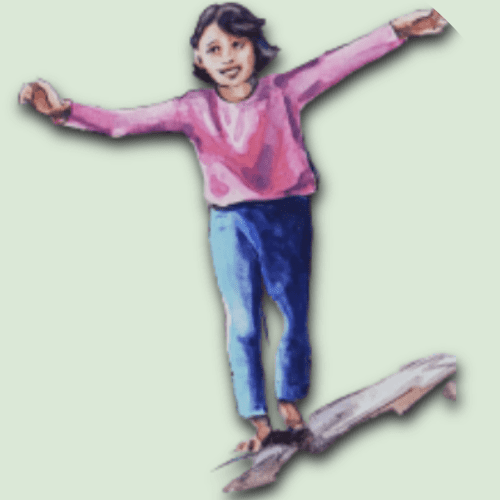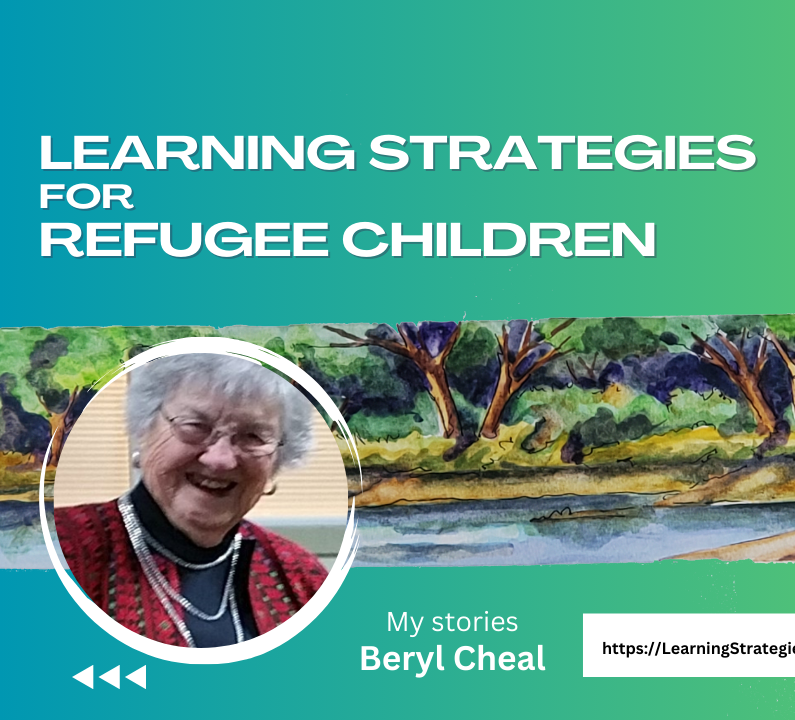PBS NewsHour https://youtu.be/a4RHUeXU6KY?si=ODErQCXdLDr6tvmm
Helping children cope with ICE raids
The actions of the US Immigration and Customs Enforcement (ICE) in the last few months has brought fear to many children their parents and teachers. The fear that an ICE raid will occur in their school, their home, their community makes life very unpredictable and tenuous.
The people working with disasters tell us that children have three major fears when experiencing a disastrous event: (1) someone will be killed, (2) they will be left alone without their parents, and (3) it will happen again. Certainly an ICE raid or even thinking about the possibility of an ICE raid brings the fear of a disaster. Especially traumatic is the idea of being left alone without their family.
The fear that comes with possible raids from the ICE is traumatic
We know that children who experience trauma respond in many different ways.
Some of those normal responses are:

- feeling that life is out of control
- a loss of faith in the future
- break in relationships
- a loss of self-confidence
- a loss of empathy for others
- a lack of trust in adults
- using inappropriate behavior
- feeling unsafe
- confusion.
Strategies to help children counter these responses:
- Don’t be afraid to talk about it.
Don’t bring it up yourself yet don’t avoid the discussion if the child brings it up. - Listen carefully, answer questions, provide comfort and support.
You might also want to say that you don’t know what will happen either and you are afraid sometimes also reassuring the child that they are safe right now so let’s enjoy this time together. - Provide a consistent, predictable plan for the day.
Make sure the child knows the plan especially before anything new will be part of the day. Children and adults both do better if they can predict or if they know what will happen. - Be nurturing, comforting, and affectionate giving those actions in appropriate ways.
Giving comfort to younger children is very important. A good way to tell whether it is appropriate is if the child comes to you and touches you. That’s a good sign the child may want to be held or rocked. Don’t interrupt their play by grabbing them and holding them. Avoid telling or commanding them to ‘give me a kiss’ or ‘give me a hug’. Offer the hug yet let it be their choice. - Discuss your behavioral expectations with the child.
Be extra patient and make sure there are clear rules that the child understands. - Be consistent in your responses and your requests.
Children who have experienced trauma or are in the process of finding ways to cope are in particular need of structure. Structure, yes, while giving them opportunities for choices within clear boundaries. Giving choices helps children know they are able to control a part of their life – even if it is a very small part. - Focus on the problem not the behavior.
When helping frightened children to know and use appropriate behavior when an issue arises focusing on the problem (and not so much on the behavior) appropriate behavior usually follows. . When the problem can be solved with the child or children and teacher or parent included in solving the problem it creates a valuable learning experience.
The discussion above is an adaptation of the work of Bruce Perry, Ph.D., Child Trauma Academy, Huston, TX.
Activities to help work through fear
To help children work through their fear there are activities that you can do with them that can help with their processes of normalizing their life. The children as well as you may not know what ICE is going to do that will have an impact or what the impact may be. Keeping the children involved in “normal” activities will not only distract them, it will also help them enjoy themselves and learn some things in the process.
Activity ideas:
- Children who have experienced trauma frequently communicate better through visuals than words. Activities that include the expressive arts – painting, drawing, instrumental music, dance, singing songs their mothers or grandmothers have sung to them, handcrafts, puppetry, poetry, narrative storytelling all help children process their feelings creatively forming community with others and sharing their experiences in low-key informal ways.
- Activities that use creative building materials (blocks, and other building materials) provide children with examples of concrete accomplishments that help them realize they have skills. They can do it!
- Culture influences a child’s development because it gives children a sense of who they are. It’s a powerful indicator of a child’s future well-being. Activities that are part of the children’s culture can really be fun and help kids feel a strong sense of identity. They will feel proud of who they are.
When children feel good about themselves, when their self-confidence is strong, they can face difficulties with more confidence, frequently recover from difficult times more quickly, and walk with pride.
Find or develop activities that include cultural emphasis so that wherever they go the kids will always carry their strong feelings of their identity. Games and activities can be enjoyed by all the class and especially by the children who identify with the culture being focused at that time. Poetry, folk stories, traditional music, foods, clothing, expressive art, special knowledge of the environment, special historical knowledge are all examples of activities that can be shared and enjoyed by all of the class. - Activities that require children working together help them regain friendships and develop new ones.
- Parents could have a good time singing with their children. Sing songs that are fun for you and sing them often. I can remember parts of songs that my mother used to sing when I was a child. I’ve remembered those musical phrases for almost 90 years now…………And every time I think of them I remember my mother and the wonderfulness of her singing to me (and my sisters). Even now it brings back warm, comfortable, safe feelings!
- Sometimes it is fun for children to be engaged in activities that are soothing. Water play (use warm water) is a good way for children to relax and get rid of those tense feelings. Playing with clay can also be soothing, as can using play dough. Play dough is easy to make at home as well as at school. I’ll include one simple recipe here. There are others but this is a simple one. By the way children love to be part of making play dough. It’s a good opportunity for parents or teachers to work cooperatively with your children.
These are all ideas of things you can do with children to help them keep busy and live as normal a life as possible – even with the threat of a possible ICE raid.
Live your life and help your children live their lives in as normal a way as you can manage…. And have fun!
PLAY DOUGH –
2 cups plain flour
1 cup salt
1 cup cold water
1 tablespoon oil
Use food coloring or paint to color – mix with the water first for the most even color
Add peppermint essence, ginger, cinnamon or rosewater for good smells – not for the age where they might eat.
ICE School Resources
10 Strategies for How Schools Should Respond to ICE raids
https://www.idra.org/education_policy/immigrant-children-education/



